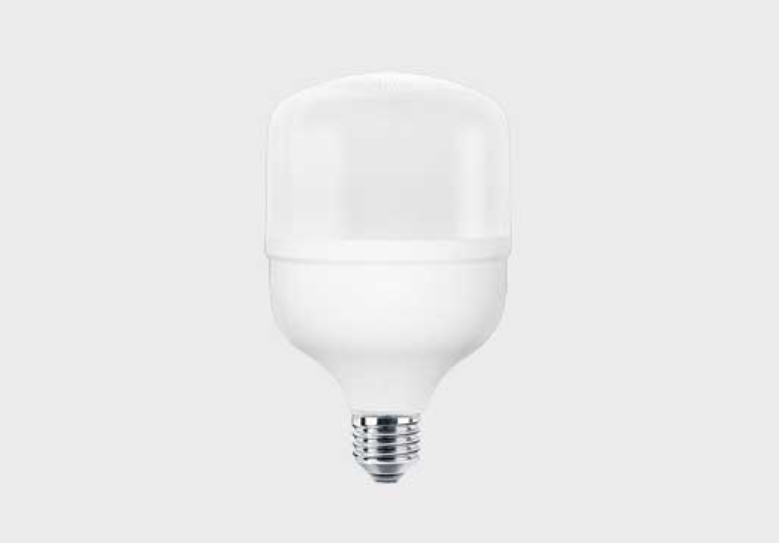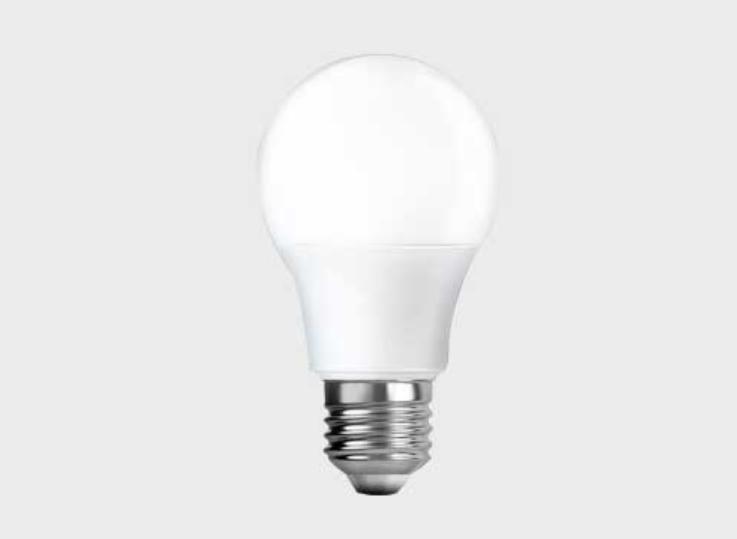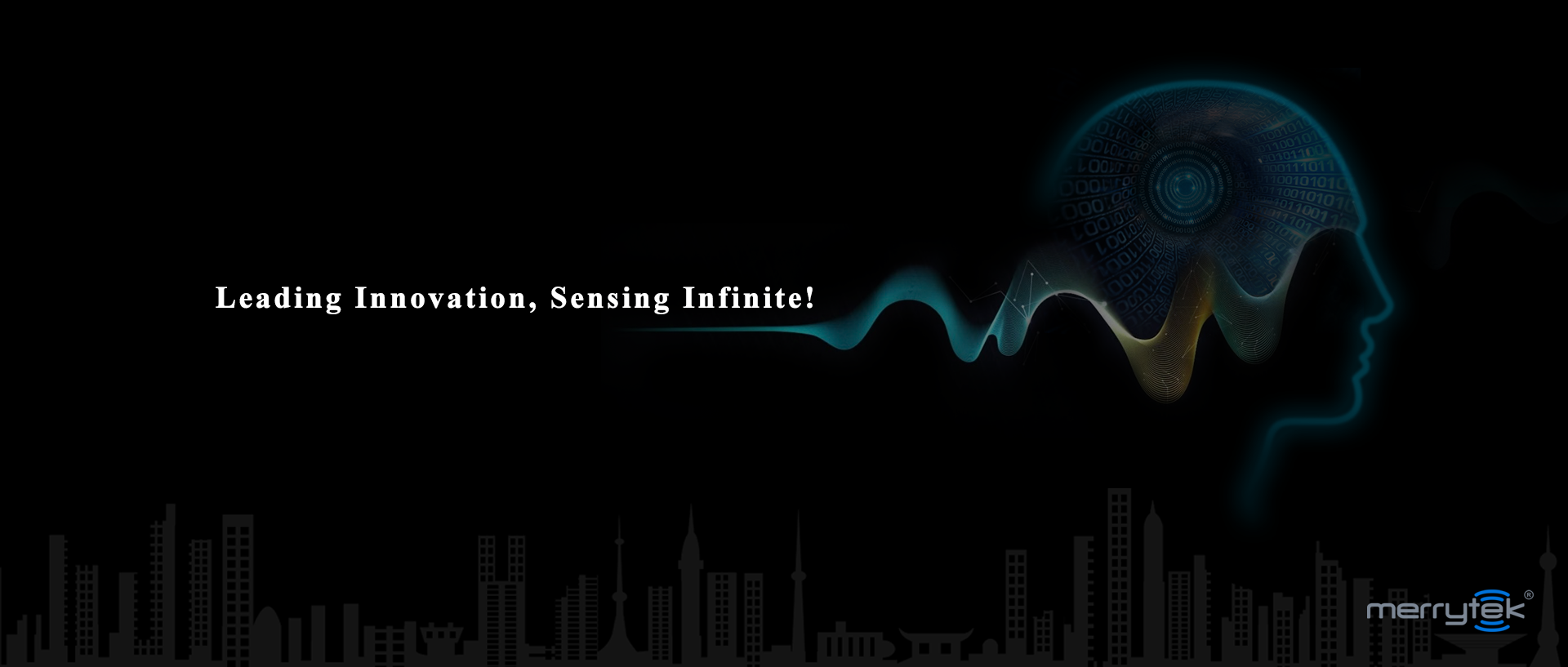Introduction to LED Lighting
Welcome to the era of LED lighting, where technology and sustainability intersect to brighten up our lives! Gone are the days when traditional incandescent bulbs hogged energy and left us with heavy electricity bills. LED lights have revolutionized the way we illuminate our homes, offices, and even outdoor spaces. Not only do they provide a dazzling glow that enhances any environment, but they also offer numerous benefits for both your pocket and the planet. In this blog post, we will explore the fascinating world of LED lighting, diving into its technology, environmental impact, cost savings potential, growing adoption rates, and future trends. So let's dive in and discover why LED light bulbs are shining brightly as a beacon of innovation!

The Technology Behind LED Lights
LED lights, or Light Emitting Diodes, are a revolutionary form of lighting technology that has taken the world by storm. Unlike traditional incandescent bulbs, which rely on heating a filament to produce light, LED lights work through a process called electroluminescence.
At the heart of an LED bulb is a semiconductor chip made from materials such as gallium nitride or indium gallium arsenide. When an electric current passes through this chip, it excites electrons within the material. As these excited electrons return to their normal state, they release energy in the form of light photons.
One key advantage of LEDs is their efficiency. Incandescent bulbs waste much of their energy as heat rather than light, whereas LEDs convert almost all of their energy into visible light. This means that LED bulbs use significantly less electricity to produce the same amount of brightness as traditional bulbs.
Moreover, LEDs have a long lifespan compared to other types of lighting. While incandescent bulbs typically last for around 1,000 hours and compact fluorescent lamps (CFLs) for about 8,000 hours; LED lights can often exceed 25,000 hours or more! This extended lifespan not only reduces maintenance costs but also minimizes environmental impact by reducing waste.
Furthermore, LED lights offer greater flexibility in terms of color options and dimming capabilities compared to conventional lighting sources. By adjusting the composition and structure of the semiconductor materials used in an LED bulb's construction; manufacturers can create different colors and hues without relying on external filters or coatings.
In recent years there have been significant advancements in LED technology resulting in even more energy-efficient and durable products hitting the market. With ongoing research and development efforts focused on improving performance while driving down costs; we can expect further breakthroughs in this field.
Benefits of LED Lighting
LED lighting has quickly gained popularity due to its numerous benefits. One of the key advantages is its energy efficiency. LED light bulbs use significantly less electricity compared to traditional incandescent or fluorescent lights, resulting in lower energy consumption and reduced utility bills.
Another advantage is their long lifespan. LED lights can last up to 25 times longer than incandescent bulbs and around 10 times longer than compact fluorescent lights (CFLs). This means fewer replacements are needed, leading to cost savings in the long run.
LEDs also emit very little heat, making them safer to use. Unlike incandescent bulbs that generate a significant amount of heat while producing light, LEDs remain cool to the touch even after hours of operation.
Furthermore, LED lighting offers improved durability and resistance to shock or vibrations. They are not easily damaged by external factors such as rough handling or fluctuations in temperature.
In terms of environmental impact, LED lights are highly sustainable. They do not contain harmful substances like mercury found in CFLs and contribute towards reducing carbon emissions due to their energy-efficient nature.
Additionally, LEDs provide better quality lighting with excellent color rendering capabilities. They can produce vibrant colors and offer options for adjustable brightness levels according to individual preferences.
The versatility of LED lighting is another notable benefit. These lights come in various shapes, sizes, and color temperatures suitable for different applications including residential homes, commercial buildings, outdoor spaces, and even automotive lighting.
Overall,
the benefits offered by LED lighting make it an ideal choice for those looking for environmentally-friendly options that save money without compromising on quality or performance.
Impact on the Environment
LED lighting has a significant positive impact on the environment. One of the key environmental benefits of LED lights is their energy efficiency. Compared to traditional incandescent bulbs, LED lights consume significantly less energy, which means fewer greenhouse gas emissions are produced during electricity generation.
Moreover, LED lights do not contain harmful substances like mercury, which can be found in compact fluorescent lamps (CFLs). This makes LED lighting a more sustainable choice as it reduces the risk of toxic pollutants entering our ecosystems.
In addition to being energy-efficient and free from hazardous materials, LED lights also have a longer lifespan compared to other types of bulbs. This means that fewer resources are needed for production and disposal, reducing waste and contributing to resource conservation.
Furthermore, the durability of LED lights contributes to reduced carbon emissions associated with transportation and manufacturing processes. Their long lifespan also reduces the need for frequent replacements, resulting in less waste going into landfills.
By choosing LED lighting options over traditional alternatives, we can make a positive impact on our environment by reducing energy consumption, minimizing pollution risks, conserving resources and decreasing waste generation. The incorporation of LEDs into various applications will further contribute towards building a greener future for generations to come.
Cost Savings with LED Lighting
One of the major advantages of using LED lighting is the significant cost savings it offers. While LED bulbs may have a slightly higher upfront cost compared to traditional incandescent or CFL bulbs, they make up for it in the long run through energy efficiency and longer lifespan.
LED lights are highly energy-efficient, converting almost all the electricity they use into light rather than heat. This means that less energy is wasted, resulting in lower electricity bills. In fact, studies have shown that LED bulbs can save up to 80% more energy compared to traditional lighting options.
Additionally, LED lights have an impressive lifespan ranging from 20,000 to 50,000 hours depending on the quality and usage. This translates into fewer replacements and maintenance costs over time.
Furthermore, LEDs also contribute to cost savings by reducing cooling expenses due to their low heat emission. Traditional incandescent bulbs generate a significant amount of heat which can increase air conditioning needs during hot weather.
In commercial settings such as office buildings or warehouses where lighting requirements are high, switching to LED lighting systems can lead to substantial cost reductions. Not only do these modern light sources reduce electricity consumption but also require minimal maintenance efforts and replacement costs.
Investing in LED lighting not only benefits the environment but also helps businesses and homeowners save money on their energy bills while enjoying superior quality illumination.
Growing Adoption and Future Trends
The growing adoption of LED lighting has been remarkable in recent years, and the future looks even brighter. As more people become aware of the benefits that LED lights offer, it's no wonder why they are becoming increasingly popular.
One major factor driving the adoption of LED lighting is their energy efficiency. LED bulbs use significantly less energy compared to traditional incandescent or fluorescent lights. This not only helps reduce electricity bills but also reduces carbon emissions, making them a greener option for environmentally conscious individuals and businesses.
Another reason for the growing popularity of LED lights is their longevity. Unlike traditional bulbs that need frequent replacement, LEDs can last up to 25 times longer. This means fewer trips to the store and less waste generated from discarded light bulbs.
In addition to being energy-efficient and long-lasting, LED lights also offer better quality illumination. They produce bright, clear light with excellent color rendering capabilities, enhancing visibility in any setting – whether it's a home office or a commercial space.
As technology continues to advance, we can expect further improvements in LED lighting. The development of smart lighting systems that allow users to control their lights remotely through smartphones or voice commands is already underway. This opens up new possibilities for customized lighting experiences tailored to individual preferences and needs.
Furthermore, ongoing research into materials and manufacturing techniques promises even greater efficiency gains and cost reductions in the future. With increased affordability combined with improved performance, there will likely be an acceleration in the adoption of LED lighting across various sectors such as residential homes, offices, retail spaces, outdoor areas, and more.
Conclusion
LED lighting has emerged as a game-changer in the world of technology and sustainability. With its energy efficiency, long lifespan, and reduced environmental impact, LED lights are revolutionizing the way we illuminate our homes and businesses.
The technology behind LED lights is truly impressive. These small electronic devices use semiconductors to convert electricity into light. The absence of filaments or gases means that LED bulbs generate less heat and consume significantly less energy than traditional incandescent or fluorescent lights.
The benefits of LED lighting extend far beyond energy savings. LED bulbs last up to 25 times longer than incandescent bulbs, reducing maintenance costs and minimizing waste. They also offer superior light quality with better color rendering capabilities, making them ideal for both residential and commercial applications.
When it comes to sustainability, LED lighting shines bright. By consuming less electricity, these efficient bulbs contribute to lower greenhouse gas emissions from power plants. Additionally, they do not contain harmful substances like mercury found in other types of lamps which can contaminate soil and water when improperly disposed of.
Besides being environmentally friendly, investing in LED lighting can result in significant cost savings over time. Although they may have higher upfront costs compared to traditional bulbs, their long lifespan combined with lower energy consumption leads to substantial reductions in electricity bills.
As awareness about the benefits of LED lighting grows, more individuals and businesses are adopting this sustainable solution. Governments around the world are also incentivizing the transition towards LEDs by offering subsidies and implementing regulations that phase out inefficient lighting technologies.
Looking ahead at future trends, advancements in smart technology will further enhance the capabilities of LED lighting systems. With features like dimming controls, remote access options through smartphones or voice assistants such as Alexa or Google Home become possible – allowing users greater control over their lighting environment while maximizing efficiency.



